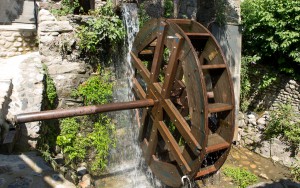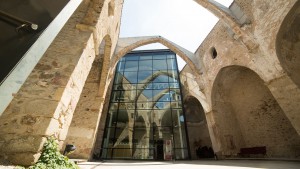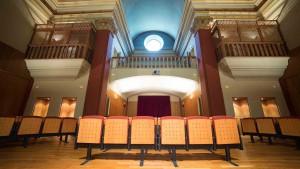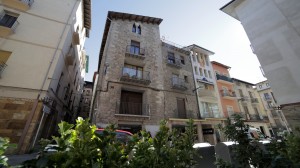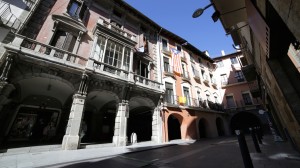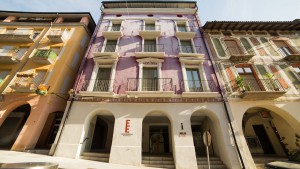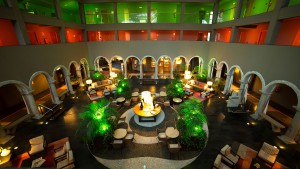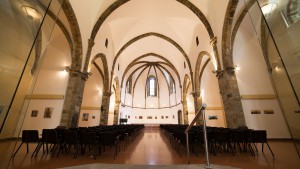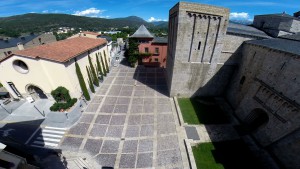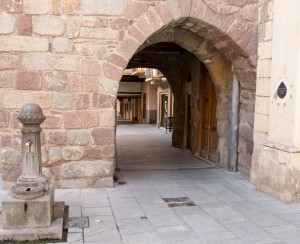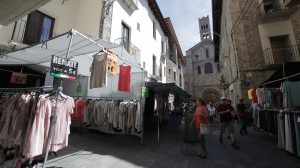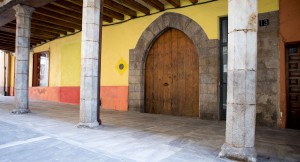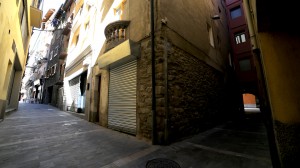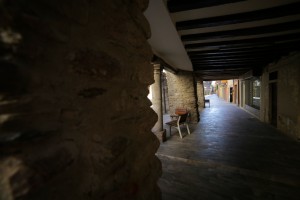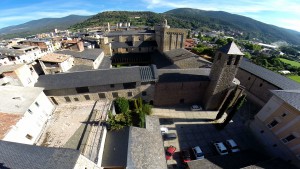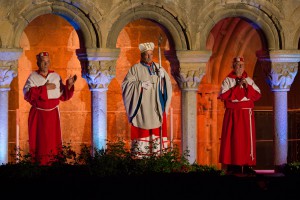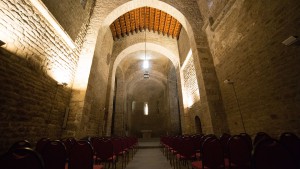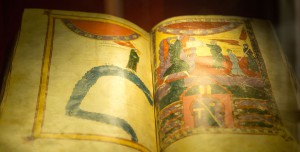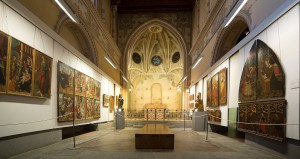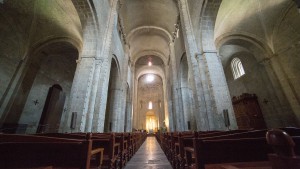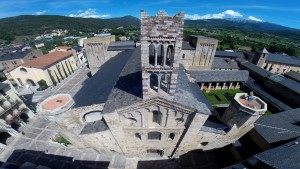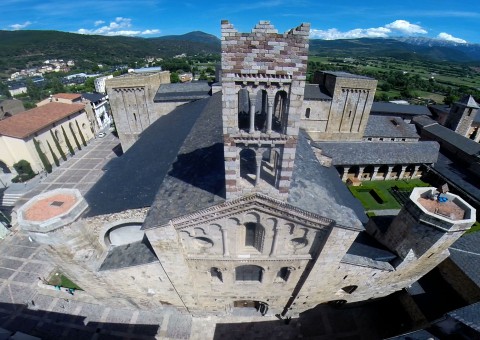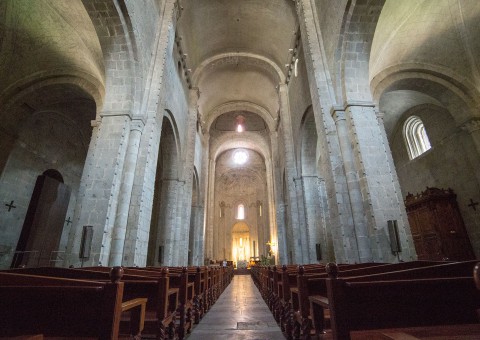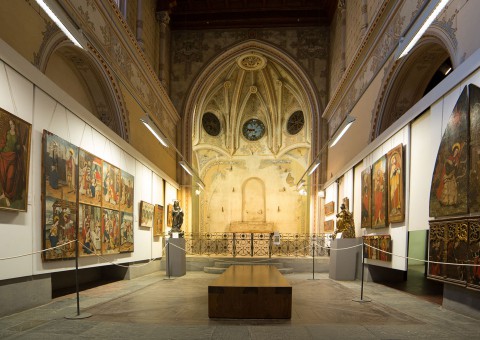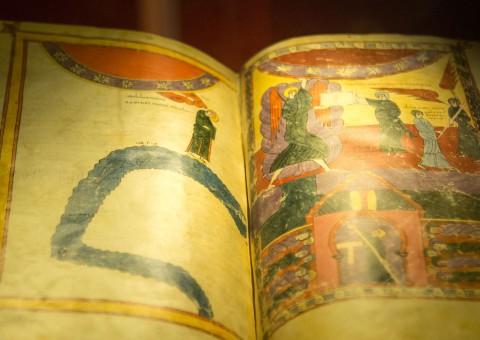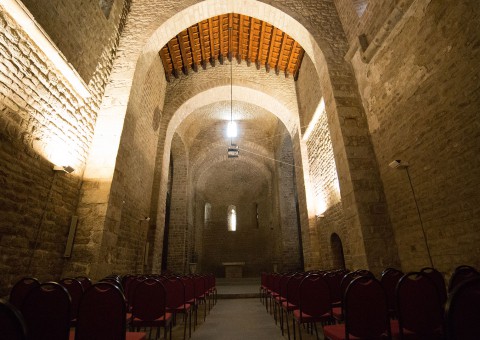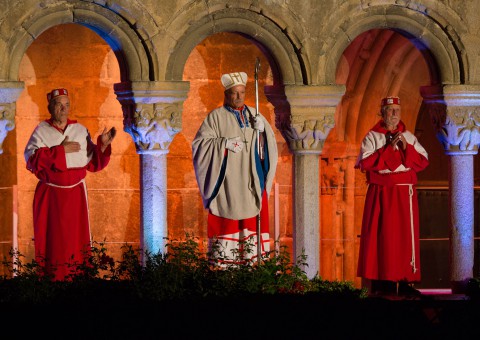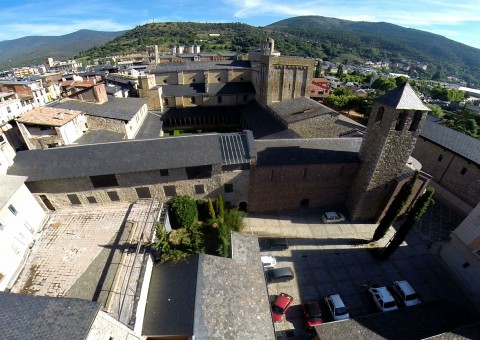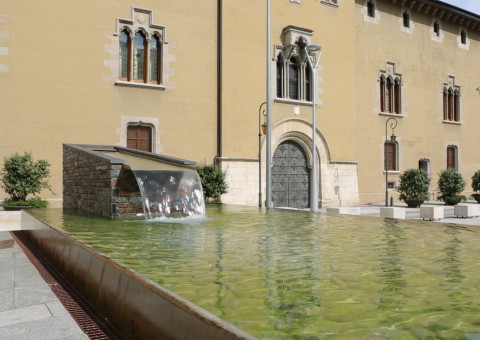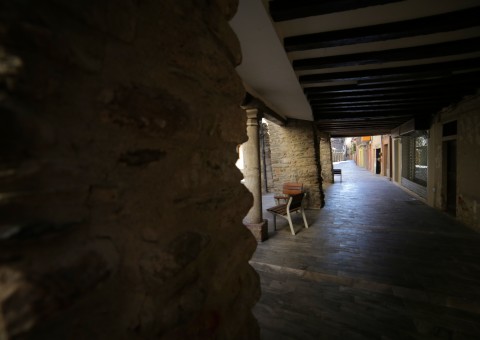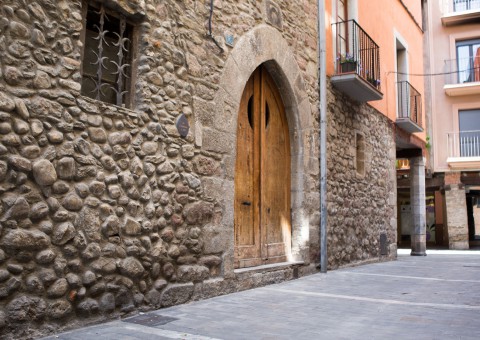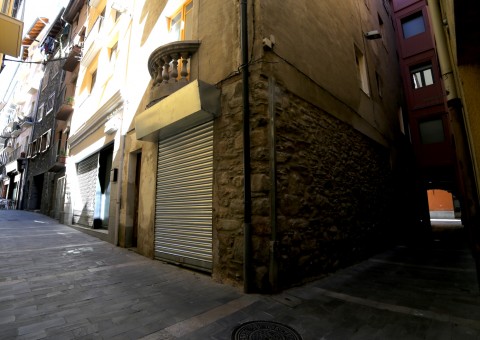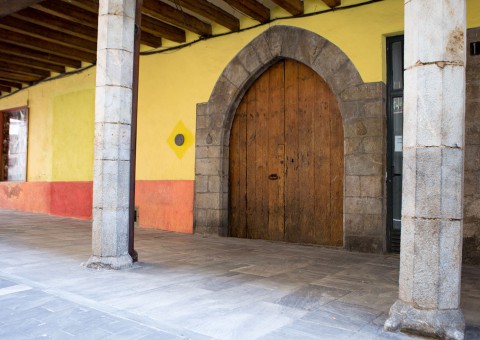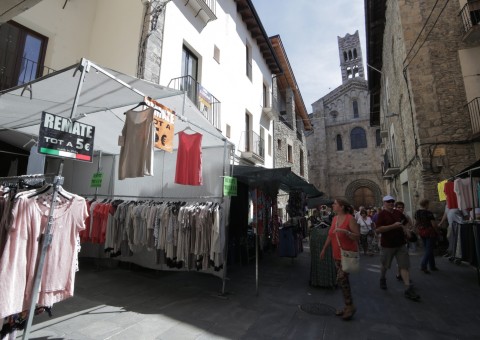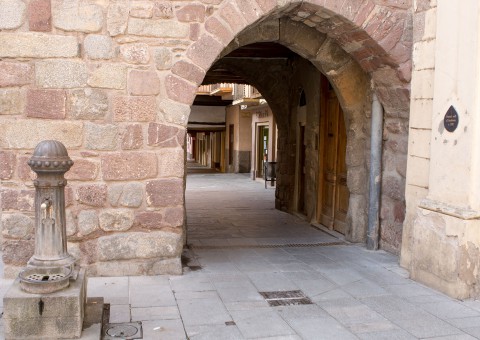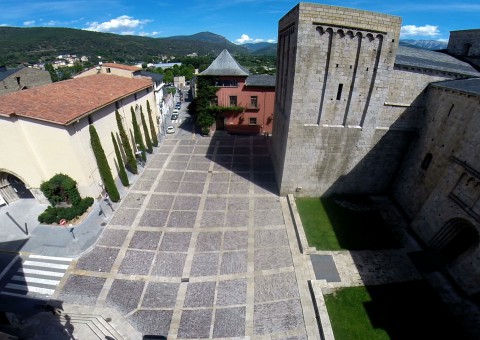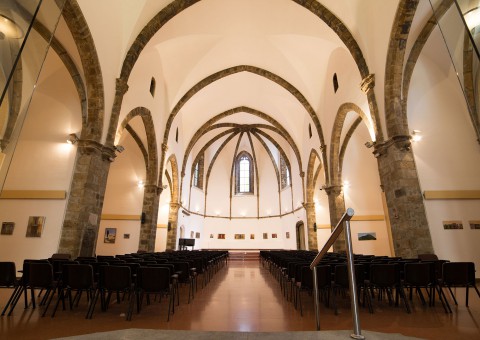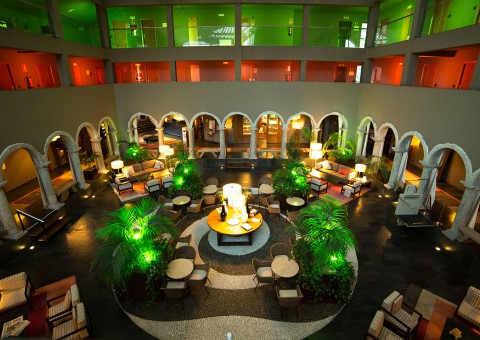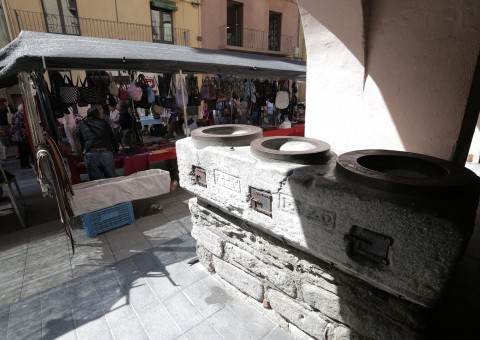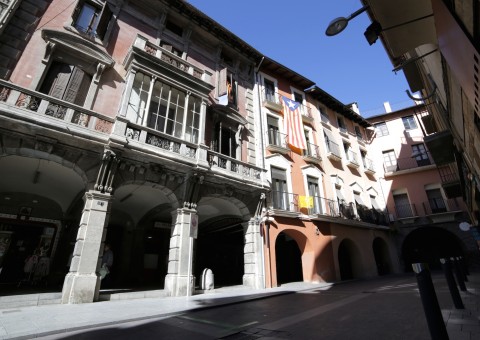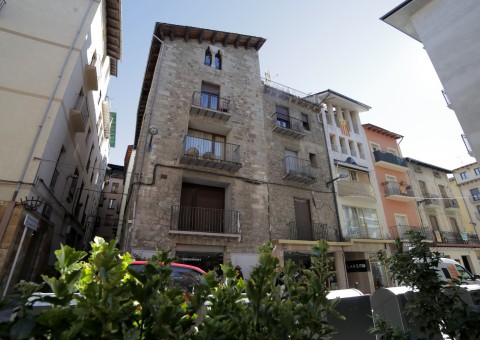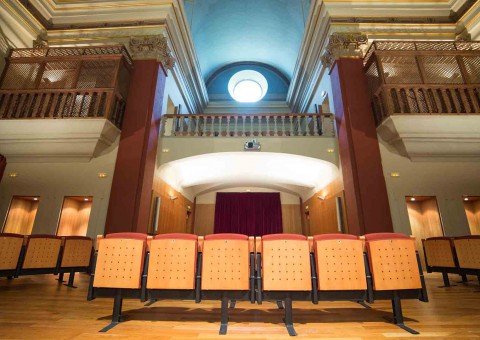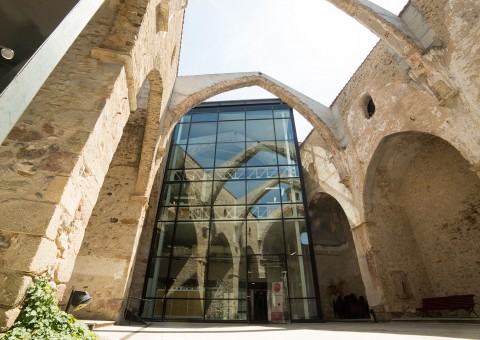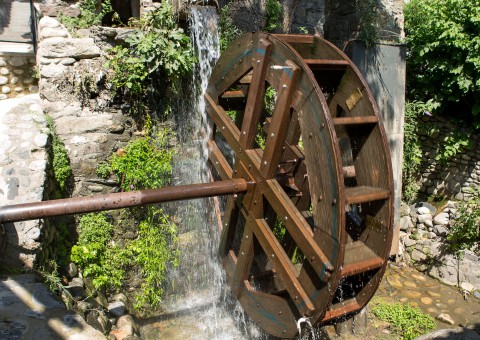The Soldevila Mill
The existence of flour mills in the vicinity of La Seu d’Urgell has been documented since the 12th century, although they were surely here before that.
View place of interestThe church of Sant Agustí
From the 16th century, the Augustinian Friars took on the documented tasks of caring at the leper hospital which, since the 13th century, had been founded on the outskirts of La Seu d’Urgell.
View place of interestThe Church of La Immaculada
The main façade of the Church of La Immaculada forms the western side of Placeta de les Monges, located above the Plaça del Carme.
View place of interestCal Serrano
Cal Serrano is one of the most outstanding buildings of Gothic civil architecture of La Seu d’Urgell, which could date to the 14th century, like Ca l’Armenter and Cal Roger, and which stands on the corner of Carrer Major and Carrer de Santa Maria.
View place of interestCarrer Major
Cal Tarragona belonged to one of the most influential families from La Seu in the late 19th century the beginning of the 20th century.
View place of interestMeasures, markets and artisans
The grain measures are located under the porches of Carrer Major, close to the junction with Carrer Capdevila.
View place of interestThe Espai Ermengol
The Espai Ermengol is located in the Cal Mossèn Poldo, one of the porticoed buildings that define the initial stretch of Carrer Major.
View place of interestThe cloister of Sant Domènec
Joined to the convent of Sant Domènec, the cloister was built in a classical style that must date to the 18th century. In 1974, when the courts were moved to another building, the cloister became part of a new Parador Nacional de Turisme.
View place of interestThe Church of Sant Domènec
Until well into the 19th century, the Church of Sant Domènec was part of the Dominican convent of La Seu d’Urgell.
View place of interestThe town hall and the Plaça dels Oms
The Plaça dels Oms is a place that plays a great symbolic role in the civic life of La Seu d’Urgell, with the Casa de la Ciutat forming its eastern side and with the impressive body of the cathedral on the southern side.
View place of interestThe Andorra Gate. The Walls
The Portal d’Andorra, the old Andorra Gate, is the main vestige preserved from the ancient complex of city walls and fortified strongholds that protected and encircled La Seu d’Urgell.
View place of interestLa Plaça
The northern end of the Carrer dels Canonges was known in the medieval period as “La Plaça”, (the square), which defines its role as market place.
View place of interestCal Roger
Along with Ca l’Armenter, this is one of the most notable buildings in the street. It is located round about the middle and has a ground floor and three upper floors.
View place of interestThe Jewish community
From the 13th century, the Jewish community of La Seu d’Urgell became one of the most prosperous of the Catalan Pyrenees.
View place of interestCa l’Armenter
A corner building of notable dimensions, located at the junction of the Carrer dels Canonges and Carrer de Sant Just.
View place of interestCarrer dels Canonges (The street of artisans)
In the Middle Ages, at a time of demographic and economic expansion in the Pyrenees, the centre of La Seu d’Urgell was arranged around the main axis which is now the Carrer dels Canonges.
View place of interestThe Episcopal Palace and its surroundings
During the Middle Ages, the Bishops of Urgell would change the location of their residence according to the circumstances at any particular time.
View place of interestSquare of Deganat
The Deganat or Deanery building, of rectangular plan, is attached to the Church of Sant Miquel, and forms the middle section of the Cathedral cloister.
View place of interestSaint Ermengol
It was only ten years after this strange death that Bishop Ermengol was venerated as a Saint by the same inhabitants of La Seu who had admired him while he was alive. For many years, the Fira de la Seu d’Urgell was held on 3rd November, the feast day of this patron Saint.
View place of interestThe Church of Sant Miquel
The current Church of Sant Miquel, dedicated to Sant Pere in the 14th century, is the last vestige of the construction activity by Ermengol, Bishop of La Seu d’Urgell in the 11th century.
View place of interestThe Beatus
The Beatus of La Seu d’Urgell is an exceptional work of incalculable value. It is a 10th century manuscript, lavishly decorated with miniatures of great chromatic vividness and of enormous symbolic content, of which 239 pages have been preserved.
View place of interestDiocesan Museum of Urgell
The Museu Diocesà d’Urgell (Diocesan Museum of Urgell) brings together an extremely interesting artistic collection originating from the different parishes of the Bishopric of Urgell.
View place of interestThe constructors
Since the 6th century, three ancient churches had been built on the same site as the current Cathedral of Santa Maria, which was constructed on the site of a previous Cathedral built by Bishop Ermengol.
View place of interestThe Cathedral
Built on the site of an earlier cathedral, the current Cathedral of Santa Maria was the main architectural undertaking of the 12th century in Catalonia and the principal example of the full Catalan Romanesque.
View place of interest





